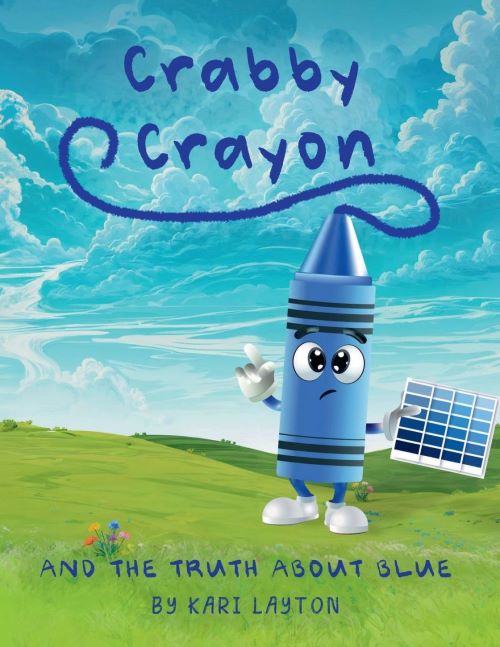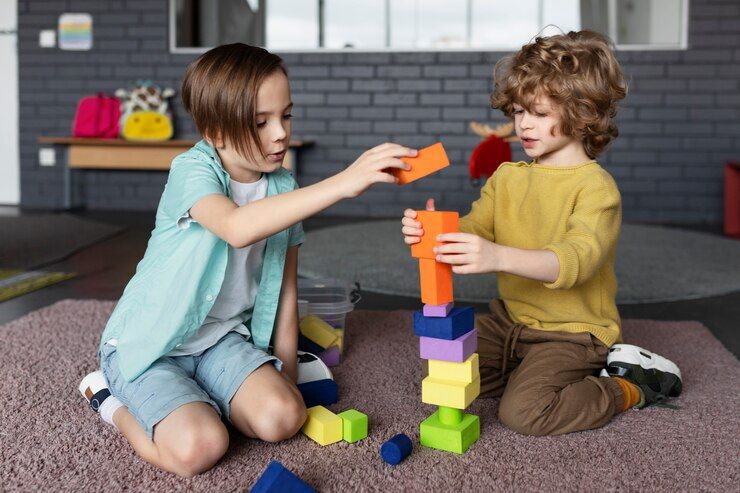What if you could help children develop razor-sharp thinking skills while they’re having fun? Critical thinking might sound like a complex concept for young minds, but it’s really just about nurturing their natural curiosity. You can nurture curiosity, problem-solving, and thoughtful decision-making without losing the fun or the spark that makes learning joyful.
Here’s how to introduce these valuable skills without overwhelming them.
Why Critical Thinking Matters Early On
When kids learn to think critically, they become better at understanding problems and finding smart solutions. They begin to ask better questions, notice patterns, and express their ideas clearly.
Starting early helps children build a mindset that’s open, curious, and confident. This skill grows with them into adulthood.
Easy Ways to Introduce Critical Thinking
1. Ask Open-Ended Questions
Instead of asking, “Did you like it?” ask, “What part did you like most and why?” This encourages kids to explain their thoughts.
2. Let Them Make Choices
Offer safe, age-appropriate decisions. Ask, “Do you want to wear the red shirt or the green one?” This gives kids practice in decision-making.
3. Play Strategy Games Together
Board games, puzzles, or even building blocks help kids test ideas, make predictions, and revise their thinking.
4. Practice “What If” Scenarios
“What if we had no electricity for a day?” Questions like this stretch their imagination and reasoning skills.
5. Reflect on Daily Moments
After a playdate or outing, ask, “What did you learn today?” This encourages self-reflection and analysis.
Keep It Light and Positive
Remember, the goal isn’t to quiz them but to:
- Celebrate their ideas (even wrong ones)
- Make thinking enjoyable
- Show there are many right answers
- Encourage them to keep wondering
Signs Your Approach Is Working
You’ll know it’s working when you notice:
- More questions from them
- Willingness to consider alternatives
- Improved problem-solving
- Creative explanations
- Excitement about figuring things out

Conclusion: Small Steps, Big Thinking
Critical thinking isn’t about being “right”, it’s about being curious. By making it playful and part of everyday life, you’re giving children tools that will help them in school and beyond. The best part? You’ll probably find yourself thinking more creatively too!
How ‘Crabby Crayon and The Truth About Blue’ Makes Critical Thinking Engaging
If you are looking for an impactful story to enforce critical thinking in kids, then ‘Crabby Crayon and The Truth About Blue’ by Kari Layton is a charming and simple way of doing that. This playful story teaches children how to look at things from different angles and make room for new ideas, all while having fun.
Ready to make critical thinking fun? Order your copy today and watch their thinking skills grow!

